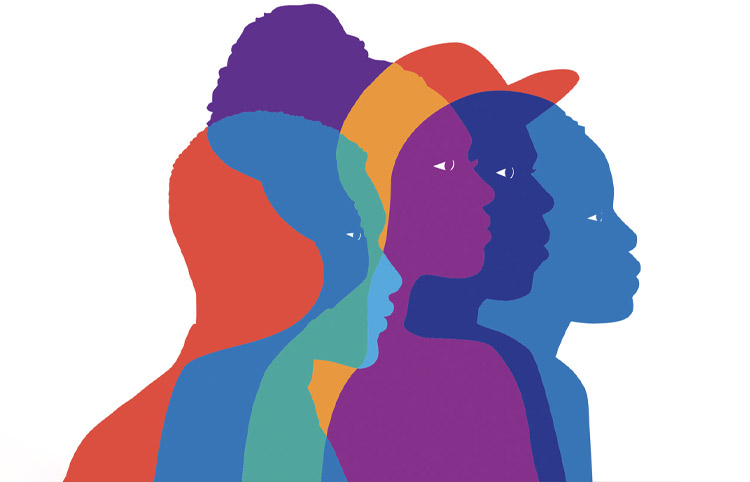While giving people a voice can lead to conflict and misinformation, it also promotes democracy, accountability, and social change, suggesting a complex impact.
I. Introduction
- Hook: Free speech is both celebrated and criticised.
- Background: Overview of the benefits and drawbacks of giving people a voice.
- Thesis Statement: While giving people a voice can lead to conflict and misinformation, it also promotes democracy, accountability, and social change, suggesting a complex impact.
II. Supporting View 1: Conflict and Division
- Topic Sentence: Giving people a voice can lead to conflict and division.
- Example 1: In 2016, Brexit debates divided the UK deeply.
- Example 2: In 2021, protests in Myanmar led to violent clashes after the military coup.
- Example 3: In 2019, Hong Kong protests caused severe social and political tensions.
- Analysis: These examples show that free expression can escalate conflicts and divisions.
III. Supporting View 2: Spread of Misinformation
- Topic Sentence: Free speech can result in the spread of misinformation.
- Example 1: In 2016, false news about the EU influenced the Brexit referendum in the UK.
- Example 2: In 2020, false information on COVID-19 spread widely in India, causing panic.
- Example 3: In 2018, fake news on social media led to lynchings in Indonesia.
- Analysis: These cases demonstrate how misinformation can worsen situations when people have unchecked freedom of speech.
IV. Opposing View 1: Promotes Democracy
- Topic Sentence: Giving people a voice promotes democracy and accountability.
- Example 1: In 2011, the Arab Spring saw citizens demand democratic reforms across the Middle East.
- Example 2: In 1994, South Africa’s end of apartheid was influenced by voices demanding equality.
- Example 3: In 2020, Belarus protests called for fair elections and democracy.
- Analysis: These examples highlight how free speech can drive democratic change and accountability.
V. Opposing View 2: Enables Social Change
- Topic Sentence: Free speech enables significant social change.
- Example 1: In 2015, Tunisia’s peaceful protests led to a democratic constitution.
- Example 2: In 2006, the Chilean student protests achieved education reform.
- Example 3: In 2017, the #MeToo movement spread globally, challenging sexual harassment.
- Analysis: These instances show that giving people a voice can lead to important social changes.
VI. Conclusion
- Restate Thesis: While giving people a voice can lead to conflict and misinformation, it also promotes democracy and social change, indicating a complex impact.
- Summary of Key Points: Recap the main supporting and opposing views.
- Final Thought: Balance the benefits and risks of free speech to harness its positive impact.





